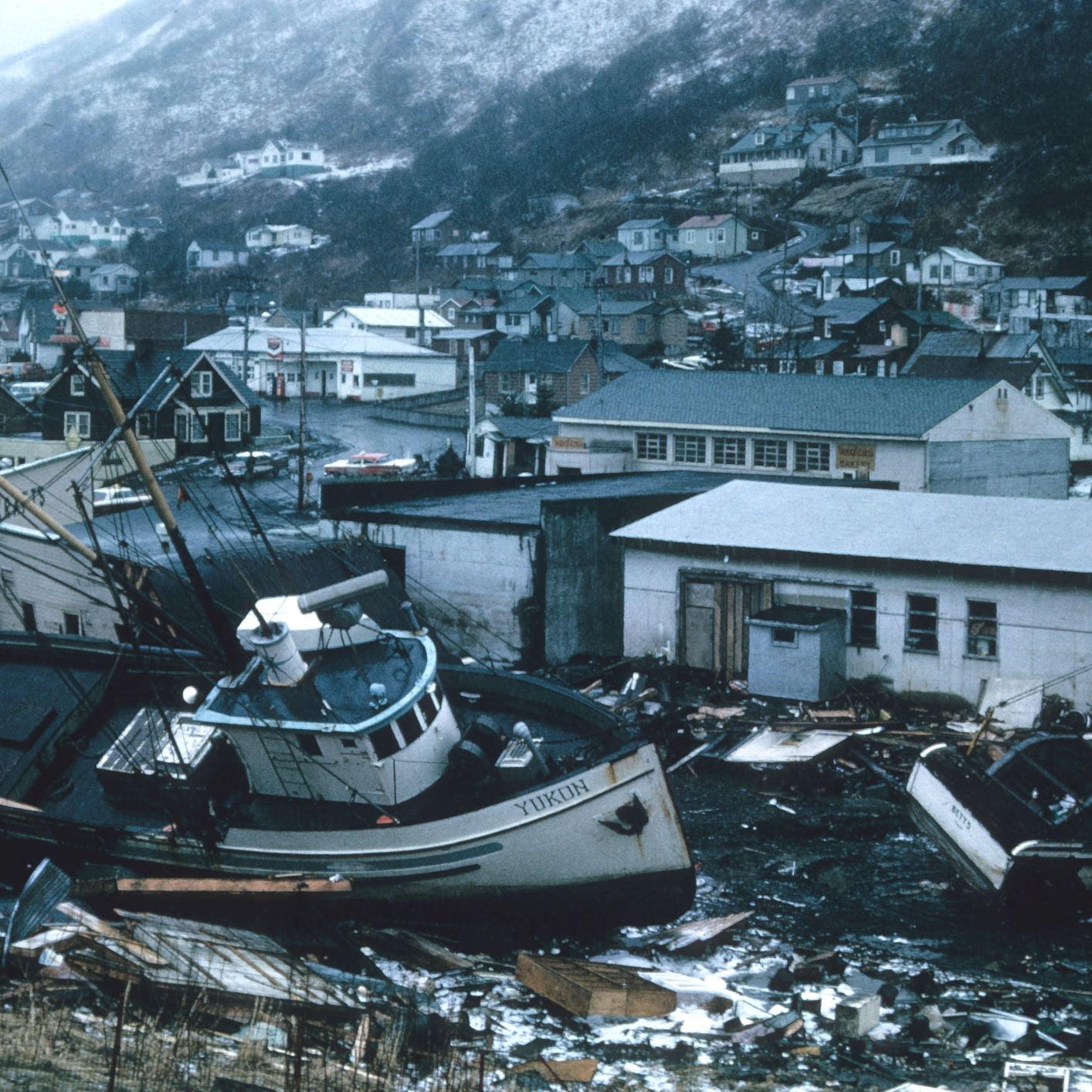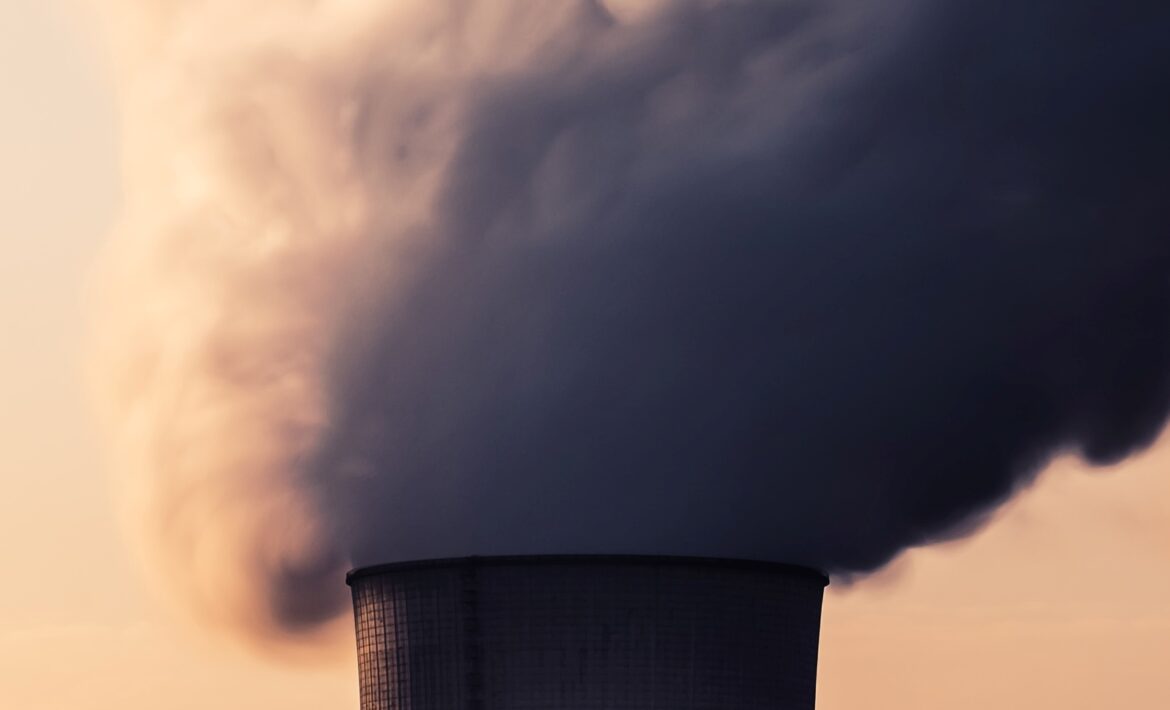
The Paris Agreement: A Focus on Capacity Building
by Amy Wilson
Capacity-building is the process by which an individual or organisation can obtain, improve or maintain specific skills, knowledge and/or resources needed to fulfill a goal or responsibility. Capacity-building has been identified as a vital process in the fight against the climate crisis because not all countries have equal capacity to adapt to climate change. Often the countries with the least capacity are hit first and the hardest by climate change.
The Parties to the United Nations Framework Convention on Climate Change (UNFCCC) have recognised that not all developing countries have sufficient capability to deal with the climate-related challenges. As a result the Parties have acknowledged the importance of capacity-building through the Convention — Article 5 and 7 — (1992), the Kyoto Protocol — Article 10 — (1997), and the Paris Agreement — Article 11— (2015) [1, 2, 3]. See our articles on the Kyoto Protocol and the Paris Agreement to find out more about these documents.
At the Conference of the Parties 2001 (COP 7), two capacity-building frameworks were established: one framework that was dedicated to developing countries and the other to countries with economies in transition (EITs) [4]. The frameworks were established to help the respective countries meet the climate goals outlined by the Convention as well as sustainability development. The Subsidiary Body for Implementation (SBI) conducts comprehensive reviews of the implementation of capacity-building frameworks in developing countries and EITs.
What activities are involved in climate-related capacity-building?
The capacity-building framework states the ‘scope’ for capacity-building in developing countries includes:
- The strengthening or establishment of national climate change secretariats or national focal points to enhance national climate change programmes.
- Assistance with the development of greenhouse gas (GHG) inventories, emission database management, vulnerability and adaptation assessment, implementation of mitigation options, as well as research (meteorological, hydrological and climatological services)
- Development and transfer of technology, information and the establishment of networks
- Assistance with decision-making and participation in international negotiations,
- Education, training and public awareness
Capacity-building and the Paris Agreement
Capacity-building is a key element to the Paris Agreement, which was established on the premise of participation by all. Without supporting developing countries and assisting them to fulfill the Conventions aims, the Paris Agreement’s goals would also not be met.
The Paris Agreement (Article 11) sets out a roadmap for the enhancement of capacity-building activities listed in the frameworks [3]. During COP21 (2015), alongside the formation of the Paris Agreement, the Parties established the Paris Committee in Capacity-building (PCCB) [5]. The committee is mandated to identify capacity gaps and needs, foster international, regional, national and subnational cooperation, promote the development of technologies and methodologies, and collate best practice and lessons learnt [6]. The Paris Agreement and the PCCB have led to the increased cooperation between countries to enhance capacity-building activities, as well as an improvement in the coordination and monitoring of existing activities. This aligns with another of the Paris Agreements key aspects – transparency.
The PCCB was reviewed in 2019 at COP25 and obtained a 5-year extension. This extension included the refinement of its mandate to just three priority areas: [7]
1. Enhancing coherence and coordination of capacity-building with a focus on avoiding duplication of efforts
2. Identifying capacity gaps and needs, both current and emerging, and recommending ways to address them
3. Promoting awareness-raising, knowledge- and information-sharing as well as enhanced stakeholder engagement with relevant organisations and individuals.
Capacity-building and COP26
Many developing countries still report capacity gaps, including but not limited to the capacity of government staff, incorporation of climate strategies in their national planning, and cross-sectoral coordination [8]. Countries also report needing assistance with GHG accounting, research, data collection, vulnerability assessments, implementation of nationally determined contributions (NDCs), REDD+ and climate finance [8].
The PCCB has held virtual events throughout 2020 with the aim to maintain the momentum on capacity-building for climate action. The most recent event, November 2020, focused on ‘recovering better’ and how to enhance resilience at a local level through lessons learnt [9].
Also, while the COP26 negotiations take place in November 2021, the PCCB will host a Capacity-building Hub where experts and practitioners can go to discuss capacity-building ideas, lessons learnt since COP25, and future challenges. Additionally, the Hub will provide a platform for dialogues and networking opportunities.
Take a look at the Capacity-building Hub summary report for COP25 to gain an insight into the debates [10], how many people attended, and an evaluation of the success of the event.
References:
[1] United Nations Framework Convention on Climate Change, URL: https://unfccc.int/resource/docs/convkp/conveng.pdf, [last accessed 01/05/21][2] Kyoto Protocol to the United Nations Framework Convention on Climate Change, URL: https://unfccc.int/resource/docs/convkp/kpeng.pdf, [last accessed 01/05/21]
[3] Paris Agreement, https://unfccc.int/files/meetings/paris_nov_2015/application/pdf/paris_agreement_english_.pdf , [last accessed 01/05/21]
[4] UNFCCC, Report of the conference of the Parties on its Seventh Session, held at Marrakesh from 29 October to 10 November 2001, (2002), URL: https://unfccc.int/sites/default/files/resource/docs/cop7/13a01.pdf [last accessed 01/05/21]
[5] UNFCCC, Paris Committee on Capacity-building, URL: https://unfccc.int/pccb [last accessed on 01/05/21]
[6] Yamide Dagnet, Eliza Northrop (2015), 3 Reasons why Capacity Building is Critical for Implementing the Paris Agreement, World Resources Institute, URL: https://www.wri.org/insights/3-reasons-why-capacity-building-critical-implementing-paris-agreement [last accessed 01/05/21]
[7] UNFCCC, URL: https://unfccc.int/process-and-meetings/bodies/constituted-bodies/paris-committee-on-capacity-building-pccb/workplan-paris-committee-on-capacity-building [last accessed 01/05/21]
[8] UNFCCC, URL: https://unfccc.int/topics/capacity-building/the-big-picture/capacity-in-the-unfccc-process [last accessed 01/05/21]
[9] UNFCCC, URL: https://unfccc.int/pccb-network/CBMomentum2020 [last accessed 01/05/21]
[10] The Paris Committee on Capacity Building, The 2nd Capacity Building Hub Summary Report, (2015), https://unfccc.int/sites/default/files/resource/2nd_CB_Hub_SummaryReport_0.pdf [last accessed 01/05/21]



